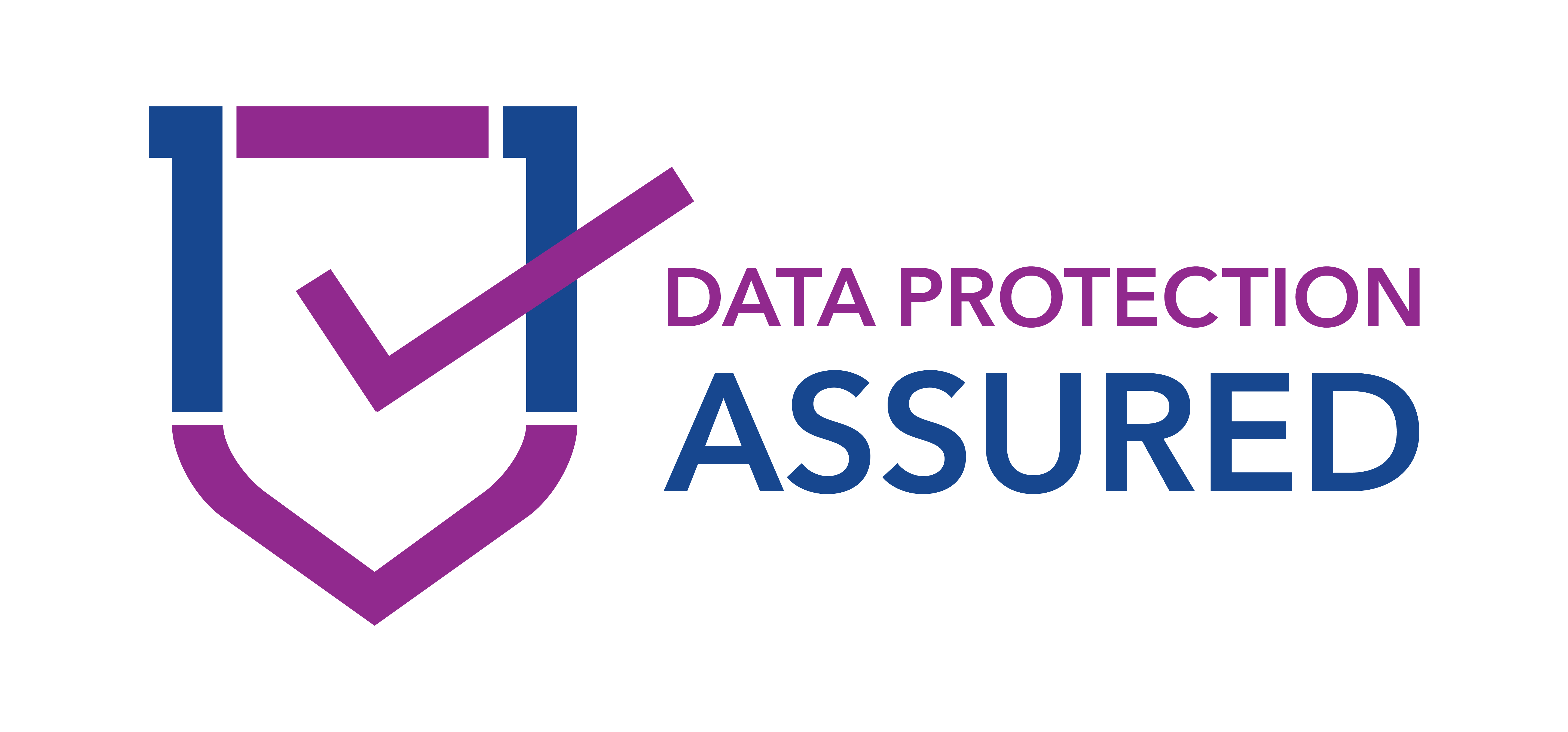Trainer Profile
Jenny Chin Xuanjia
Qualification(s):
- Bachelor of Commerce (Management)
- Advanced Certificate in Learning and Performance (ACLP)
Institute(s):
- The University of Western Sydney
Jenny Chin Xuanjia trains following courses
PWM-Food Service: Food Safety Course Level 1
Mandatory training on food hygiene for all food handlers or anyone planning to work in F&B establishments. Equip participants with the knowledge and understanding of the importance of food hygiene and safety while preparing or handling food.
PWM-Food Service: Food Safety Course Level 1 (Refresher)
Level 1 FSC covers basic food safety principles for food handlers. The Refresher is to ensure sustained awareness of good hygiene practices by food handlers.
Food Safety Course Level 1 (AOP)
On completion of this unit, participants will have the knowledge and skills in Food Safety and Hygiene and be able to apply them at their workplace.
The course will cover the following five
PWM-Food Service: Food Safety Course Level 1 (Chinese)
Mandatory training on food hygiene for all food handlers or anyone planning to work in F&B establishments. Equip participants with the knowledge and understanding of the importance of food hygiene and safety while preparing or handling food.
PWM-Food Service: Food Safety Course Level 1 (Refresher) (Chinese)
Level 1 FSC covers basic food safety principles for food handlers. The Refresher is to ensure sustained awareness of good hygiene practices by food handlers.
Food Safety Course Level 1 Chinese (AOP)
On completion of this unit, participants will have the knowledge and skills in Food Safety and Hygiene and be able to apply them at their workplace.
The course will cover the following five
Introduction to Food and Beverage Industry
This course provides a comprehensive overview of the F&B industry in Singapore, covering its historical background, market trends, economic importance, key playe
PWM-Food Service: Elevating Customer Service Excellence in the Food Services Industry (L1)
This course is only intended for the low wage workers in the PWM-Food Services Sector.
The Elevating Customer Service Excellence in the Food Services Industry Level 1 course aims to equip pa
PWM-Food Service: Food and Beverage Equipment Maintenance (L2)
This course is only intended for the low wage workers in the PWM-Food Services Sector.
Learn essential Food and Beverage equipment maintenance skills in this comprehensive 1-day WSQ Course.
PWM-Food Service: Food Waste Disposal and Reduction (L2)
This course is only intended for the low wage workers in the PWM-Food Services Sector.
With a focus on achieving zero waste in Singapore, reducing food waste has become crucial for sustainab



